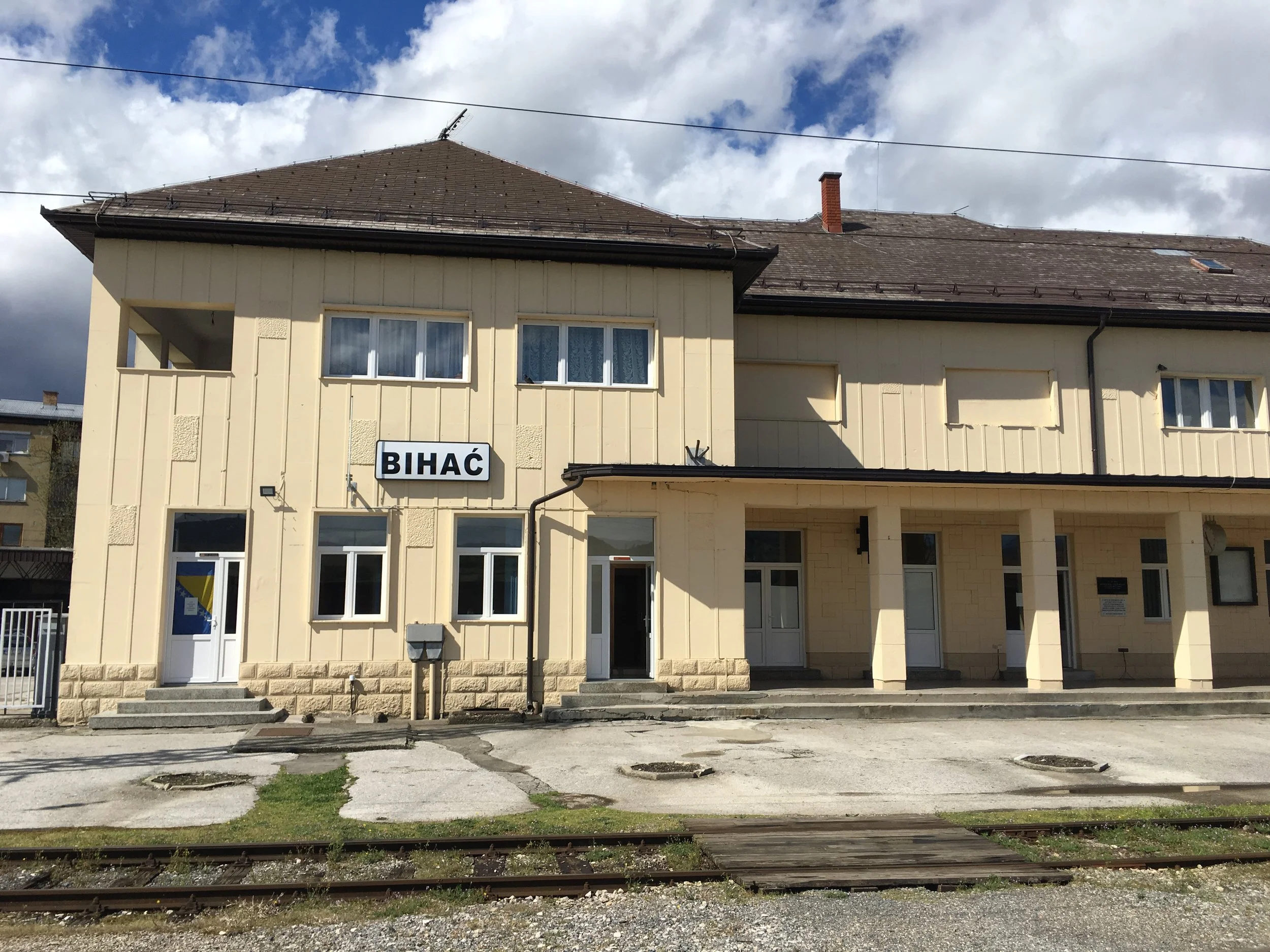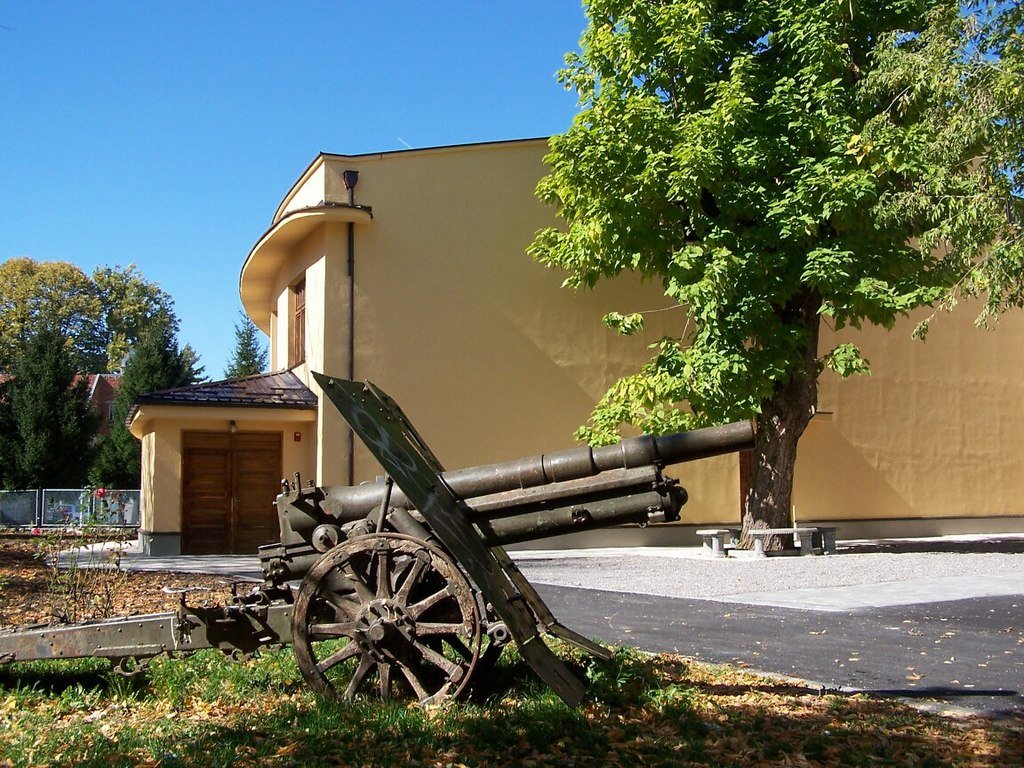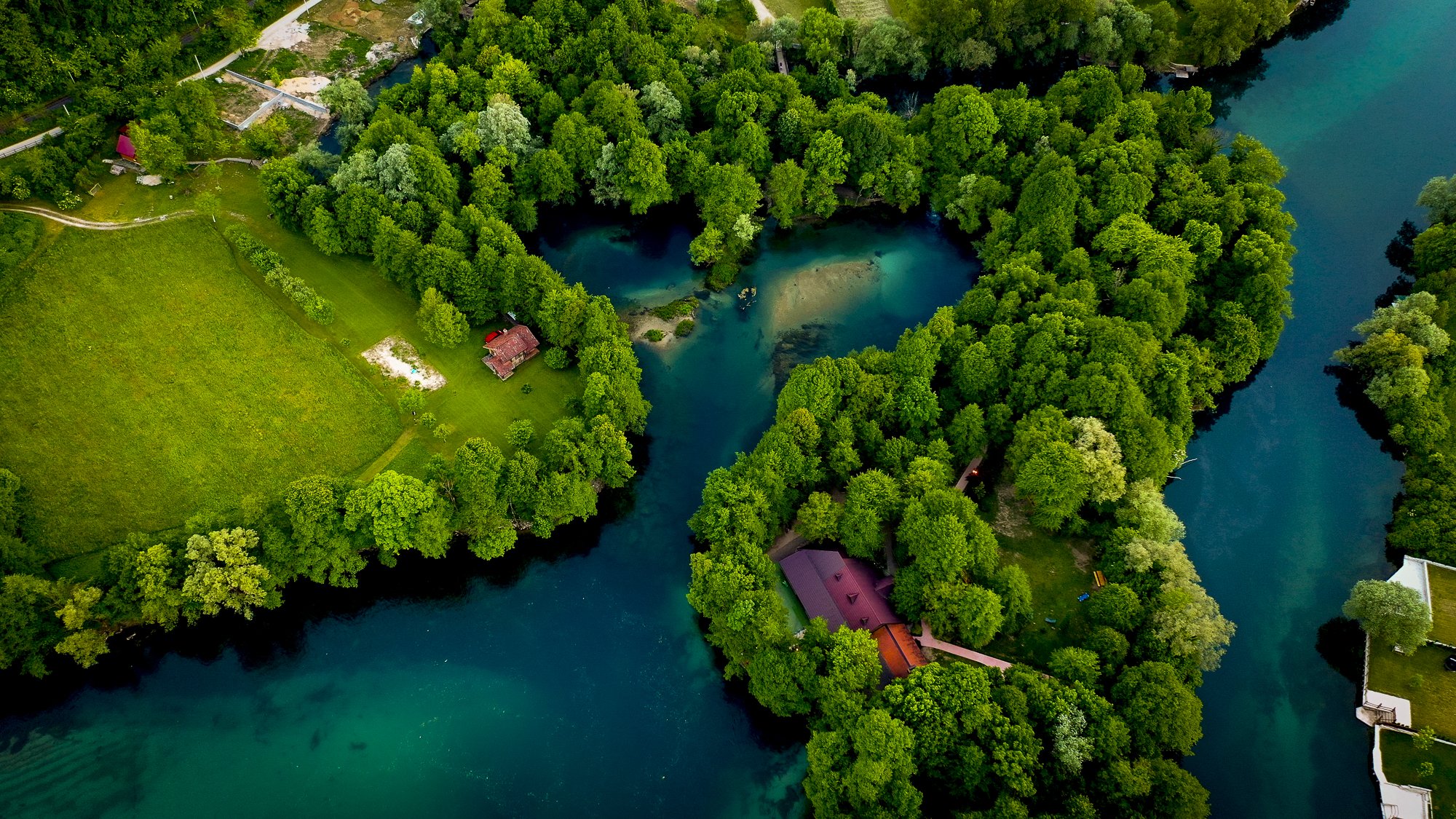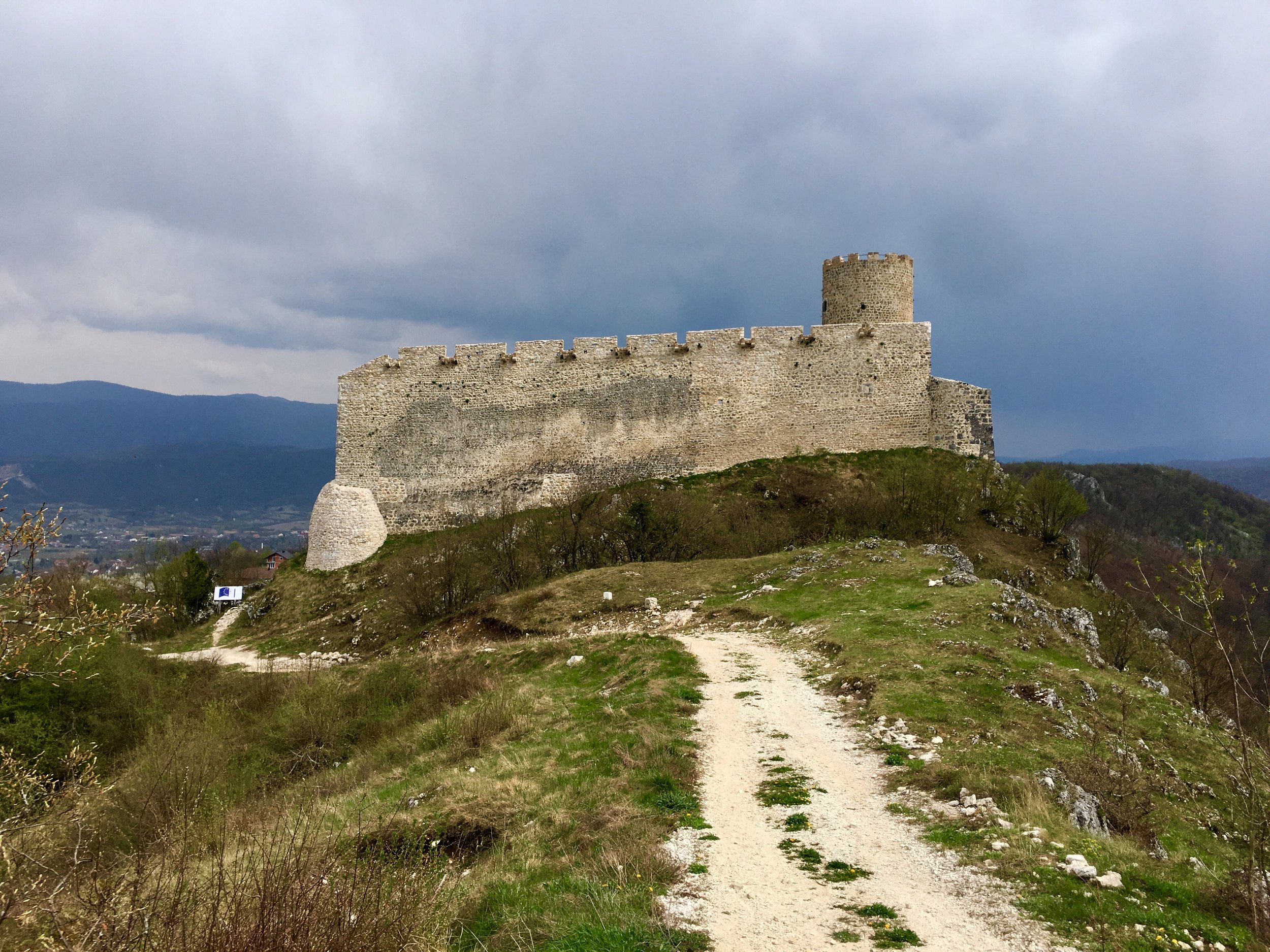BIHAĆ
© John Bills
Tucked away in the northwest of the country, Bihać is a tourist magnet waiting to happen, and I make no apologies for this. As with most towns, Bihać came into existence meaningfully in the 13th century, first mentioned in 1260 and then given royal free city status just two years later. Consider this not unlike Graeme Smith becoming captain of the South African cricket team just eight matches into his test career. Maybe.
Ridiculous analogies notwithstanding, Bihać is the focus of life in the Una-Sana canton, an administrative centre that combines practicality with jaw-dropping beauty. The Una River fuels the latter, arguably the most beautiful river in Bosnia and Herzegovina, although I am only using the word ‘arguably’ for diplomatic reasons. The city’s history is etched into its landmarks, most notably the city centre Fethija Mosque, which actually began life as a Catholic Church. Bihać has monuments touching on all of its centuries, with riverside restaurants and quite magnificent nature surrounding it. Bihać is bloody brilliant.
TRANSPORT
Train station © John Bills
Bihać’s bus station (Put Armije Republike Bosne i Hercegovine, +387 37 311 939) underwent a big ol’ renovation recently, so well done them. The new station is still being filled out, so be a little patient, but it comes with English-speaking info and a ticket desk, along with a cafe and toilets (you might need to ask for the key). There is also a gas station next door for all your snacking requirements. Despite being in the very northwest of the country, Bihać is relatively well-connected, with two daily buses to Sarajevo that run through Jajce, Travnik and other towns on that well-tread route.
WHAT TO SEE AND DO
© WikiMedia Commons
Captain’s Tower
If you expect the Captain’s Tower to come with a story to tell, you are in luck. Here, 13th-century Hungarian leader King Béla IV hid from a mad group of Tatars, and somehow he managed to evade them. I’ll never know why they didn’t look in the big tower, but there we go. The tower hasn’t been a particularly joyful spot over the years, mainly acting as a prison, but today it is one of the most iconic structures in town. There is a museum too, telling the whole gruesome story. A turbe mausoleum is next to the tower, honouring those who died defending the city against Austria-Hungary in the late 19th century. Gazi Husrev-begova, closed weekends
© John Bills
Željava Air Base
Who doesn’t love an abandoned military area? Your mileage on that might vary, but Željava Air Base (sorry, Objekat 505) is curious enough to interest even the most pacifist of visitors. The whole ‘top secret’ part isn’t exactly true (Tito was shopping it around), but the sheer scope of this place will have jaws dropping to the floor. Željava is just across the border in Croatia, and you’ll probably have to sweet-talk some cops before looking around, but it is well worth it. This is the largest abandoned underground military airbase in Europe, after all.
© John Bills
AVNOJ Museum
Interested in Yugoslavia? The AVNOJ Museum is a must. There isn’t a whole lot to see here, but the importance of the building is what counts. Here, Big Joe Tito and his Partizan comrades met to conceive a socialist Yugoslavia. That meeting took place in November 1942, so you can go ahead and consider this the birthplace of socialist Yugoslavia. The museum is close to the park and the city theatre. Petog korpusa 2, closed weekends
© John Bills
Fethija Mosque
Is it a mosque, is it a church, is it a bird, is it a plane? Yes, yes, it is. Fethija Mosque is no ordinary building, as the eagle-eyed will attest. The Ottomans converted this old Catholic Church into a mosque after conquering the city in 1592, and hints of its past are seen all around. Fethija Mosque conjures questions about the permanence of architecture, the meaning of construction and the fluidity of belief. It is also very pretty, which is more important here. The mosque’s basement has several tombs, but you can’t go and look at them. Tough luck. Trg Džemaludina Čauševića, +387 37 228 454
© John Bills
St Anthony’s Church
The elegant spire next to the Captain’s Tower is part of the remains of the Church of St Anthony. The church was erected in 1891 to celebrate the end of Ottoman rule, although it was far from a finished project. The finishing touches were applied in 1943, but then it was bombed in World War II. Sod’s law and all that. Still, it remains one of the most visible symbols of Bihać and an immensely photographic one. Gazi Husrev-begova
© Samir Arnautović
Japodski otoci
If this isn’t heaven, then what is? 15km from Bihać, Japodski otoci is precisely what I think of when I think of tranquillity. There really isn’t much point in me going on and on here because images do all that work. Images don’t do it justice. Book a night in a treehouse and pray you can find this serenity again. Flooding did a whole heap of damage here recently, so I’m not entirely sure what the current state is, but Japodski otoci is a top-five spot and no mistake. The islands are right on the edge of Una National Park. To learn more about the place, go and read about my imaginary wedding, Račić bb, +387 63 141 414
© John Bills
Garavice Memorial
The original meaning and purpose of the region’s World War II monuments have been lost under the weight of social media clout, but don’t let that put you off checking them out. Bogdan Bogdanović was the creative mind behind the Garavice Memorial Park of the Victims of the Fascist Terror (Garavice, for short), a poignant setting of suitcase-like structures overlooking the city. Many civilians were massacred on Garavice Hill during World War II, so please don’t use this as a backdrop for your narcissism. The monument is 3km or so west of the city.
City Gallery
Exactly what it says on the tin. The Gradska Galerija in Bihać has been the centre of artistic excellence in town since opening in 1998, with regular exhibitions and more. Bosnian artists get the most shine (as they should), so keep an eye on the Facebook page for events and whatnot. There was an excellent exhibition of old photographs here a few years back, and every town should do something similar. Bosanska 15, +387 37 223 083, gradskagalerija@bih.net.ba
© John Bills
City Park & Island
Bihać is an immensely green spot, blessed with Bosnia’s most beautiful river running through its heart. The island in the centre of it is where Bihać first developed, and it is every bit as beautiful as you assume a ‘city island’ would be. I’ll throw the park in here as well, although the park used to be a cemetery. Don’t ask.
© John Bills
Sokolac Fortress
The views from Sokolac are magnificent, so it is marvellous that the tourist office in Bihać has put so much energy and effort into renovating it in recent times. You can cycle from the city to the fortress (4km or so) if you are into such things. The fortress was initially constructed in the 14th century before being occupied by the Ottomans in 1592, eventually getting the Berks treatment in 1897. Being an old fortress, there aren’t a million things to see, but you are here for the views and the intangible history.
BREWS, BOOZE AND BITES
© John Bills
If you can eat next to the river, eat next to the river. That is a BiH travel rule, as far as I am concerned. Bihać has plenty of riverside food options, with Čardak na uni (+387 221 238) my preferred spot in the town centre. A short drive away is Kostelski Buk (8km from Bihać, Kostela bb, +387 302 340, info@kostelski-buk.com), one of the most magnificent restaurant locations in the country. If you want something a little more down to earth (pizza, I mean pizza), Pizzeria City (+387 223 565) serves super pies in the city. On the coffee front, I always stop for an espresso at Cafe 10 (Harmanska 10), although I understand it might not be to everyone’s taste. Better stick to Kafeterija (Bosanska bb, next to the mosque, info@kafeterija.ba) or Paviljon (Aleje Alije Izetbegovića, +387 224 194) for coffee, while Gig Bar (Husrefa Redžića 3, +387 61 100 360) is as popular in the day as it is at night. Another gorgeous location, but this is Bihać; everywhere is pretty beautiful. On the beer front, Libar Book & Beer (Bosanskih banova 35, +387 63 793 377) is as darling as it sounds, while Pinthouse (Trg Maršala Tita, +387 61 756 844) is what you’d expect somewhere called Pinthouse to be. Pivo, if you will.
SLEEPING
© Japodski otoci
If you’ve got private transport, stay at Japodski otoci (Račić bb, +387 63 141 414, japodskiotoci@gmail.com) because of the whole ‘heaven’ thing. There are several hotel options in the city centre, with Hotel Opal (Krupska, +387 37 224 183, opalhome@opal.ba) being my stay of choice. Paviljon (Aleje Alije Izetbegovića, +387 224 194) also offers cheap and cheerful rooms in a great location. Going back to the ‘heaven’ thing, Kostelski Buk (Kostela bb, +387 302 340, info@kostelski-buk.com) is also a stunning riverside option outside the city.
READ MORE
The Whole Idea of Architecture is Permanence












